
It was there where a young man by the name of Frederick York Wolseley made his first steps in the business world by establishing a factory to manufacture sheep shearing equipment.
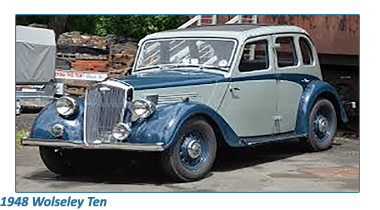 From the earliest days of the Wolseley Sheep Shearing Machine Company Limited in 1887, things moved very fast - so fast that just nine years later Wolseley had taken his company to the UK and was running a car plant in the “ motor city” of Birmingham, in the Midlands of England.
From the earliest days of the Wolseley Sheep Shearing Machine Company Limited in 1887, things moved very fast - so fast that just nine years later Wolseley had taken his company to the UK and was running a car plant in the “ motor city” of Birmingham, in the Midlands of England.
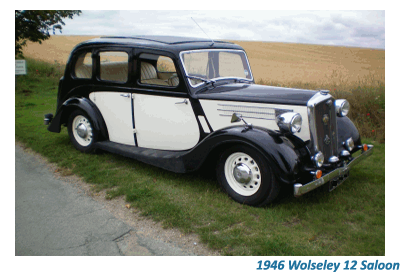 Still trading under the ponderous title of the Wolseley Sheep Shearing Company, Wolseley's car production offshoot did relatively well, selling close to one hundred cars, before Wolseley decided the automobile business was not for him and sold out.
Still trading under the ponderous title of the Wolseley Sheep Shearing Company, Wolseley's car production offshoot did relatively well, selling close to one hundred cars, before Wolseley decided the automobile business was not for him and sold out.
The buyers were Vickers Son and Maxim Limited, who eventually evolved to become the Rover Group.
After selling of his auto manufacturing division, Frederick Wolseley returned to concentrating his talents and energies on the development and manufacture of sheep shearing equipment, eventually diversifying into the production of a wide range of agricultural equipment. ![]()
In the meantime, Vickers Son and Maxim Limited continued to develop and consolidate their car manufacturing interests, and as they liked the name so much, in 1914 registered the Wolseley Motor Company.
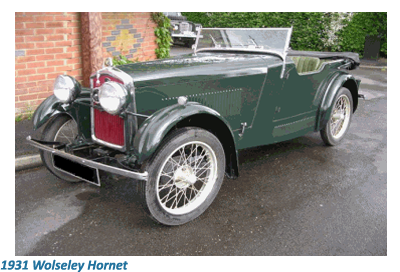 During the years preceding and immediately after the end of World War I, Wolseley began to expand their operations across the world selling their cars in the United States as well as establishing a working relationship with a massive shipbuilding concern in Japan, which gradually developed to become Isuzu Motors.
During the years preceding and immediately after the end of World War I, Wolseley began to expand their operations across the world selling their cars in the United States as well as establishing a working relationship with a massive shipbuilding concern in Japan, which gradually developed to become Isuzu Motors.
Throughout the Twenties, Vickers Son and Maxim Limited, now known as just plain “Vickers” continued their massive expansion, which they eventually discovered in 1926 that they didn’t have the finance at their disposal to continue to operate such an enormous diversification.
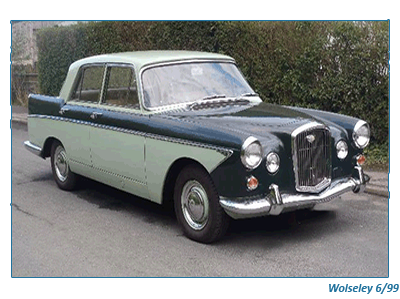 Financially vulnerable, Wolseley were facing bankruptcy.
Financially vulnerable, Wolseley were facing bankruptcy.
 Morris wasted little time in adding Wolseley to his group, and even less time in transferring production to his extensive Ward End Works in Birmingham.
Morris wasted little time in adding Wolseley to his group, and even less time in transferring production to his extensive Ward End Works in Birmingham.
![]()
Over the next ten years, Wolseley was gradually absorbed into the Morris Motor Company, becoming a subsidiary in 1935.
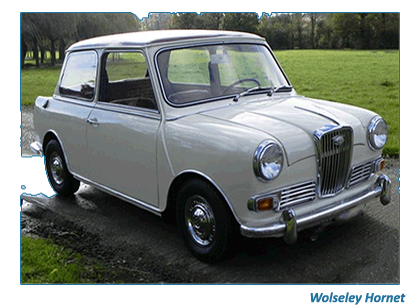 Three years later a full-fledged division of the Nuffield Organisation alongside the Morris Motor Company as well as a number of other Nuffield acquisitions.
Three years later a full-fledged division of the Nuffield Organisation alongside the Morris Motor Company as well as a number of other Nuffield acquisitions.
At the end of the Second World War, both the Morris and Wolseley production facilities were consolidated at a brand-new client situated in Cowley, in the rural county of Oxfordshire.
By the early Nineteen Fifties, the Nuffield Group was one of the top three auto manufacturers in the United Kingdom.
To increase production efficiency, a process which became known as “badge engineering” played an increasingly growing part in the group’s marketing policy.
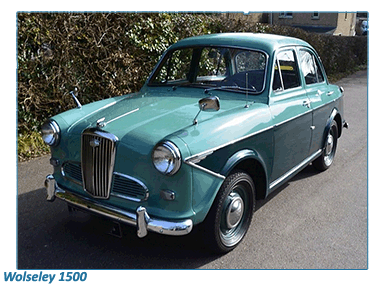 The first Wolseley models, the 4/50 and 6/80 models, were very firmly based on the Morris Oxford MO saloon.
The first Wolseley models, the 4/50 and 6/80 models, were very firmly based on the Morris Oxford MO saloon.
 By the time the Sixties came around, with the UK car industry enjoying record growth, BLMC almost cynically allowed Wolseley to fade away into history.
By the time the Sixties came around, with the UK car industry enjoying record growth, BLMC almost cynically allowed Wolseley to fade away into history.




